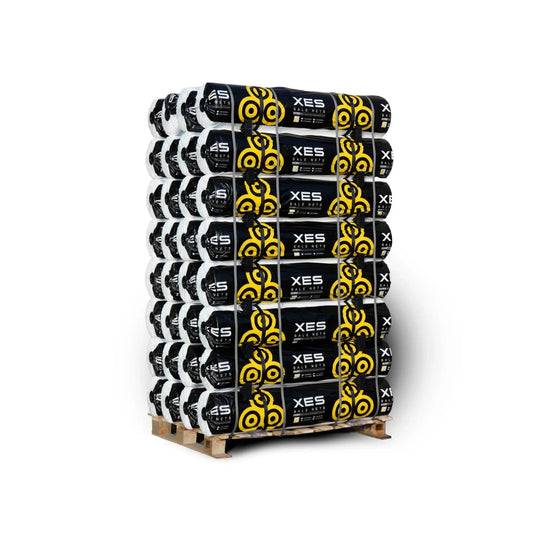Bale Net Wraps: Crucial for Modern Agriculture
More than mere tools, bale net wraps are a cornerstone in agriculture. Vital for protecting hay and straw bales during both storage and transportation, their size and density play crucial roles in their effectiveness. Understanding these aspects enables farmers to optimize bale safety, affordability, and ease of use.
Key Aspects of Bale Net Wrap: Density & Sizing
Density: The Defining Factor of Bale Net Performance
The bale net wrap's density, as measured by its strands and knots per meter, is key to its protective capabilities. While denser nets offer superior protection against elements like rain and wind, they can be more expensive and harder to handle.
Importance of Bale Net Dimensions
The width and length of a bale net wrap directly impact its performance. Wider nets cover more area, offering enhanced protection, but can also make bales heavier and harder to transport. Longer nets provide faster wrapping but might be excessive for certain bale sizes.
Introducing XES®️ Bale Nets: Pioneering Agricultural Solutions
XES stands out with its unique approach to bale net wrap technology. The XES®️ Extreme features a cutting-edge warp-inserted knitted chain design that minimizes size and weight without compromising on strength. Lighter bales mean easier transportation and more rolls per container, paving the way for more cost-effective solutions.
Our signature design boasts a balanced structure, providing strong protection in a compact form. Despite its size, it offers ample coverage, ensuring complete bale safety.
Conclusion
The Distinct XES®️ Edge: Transforming Hay Storage & Transport
Striking the right balance between density and size is paramount for any bale net wrap. XES®️ Bale Nets achieve this with a blend of innovative design and advanced technology. It's not just a product; it's a game-changer, providing farmers with tailored solutions that align with their unique needs and drive cost savings.


